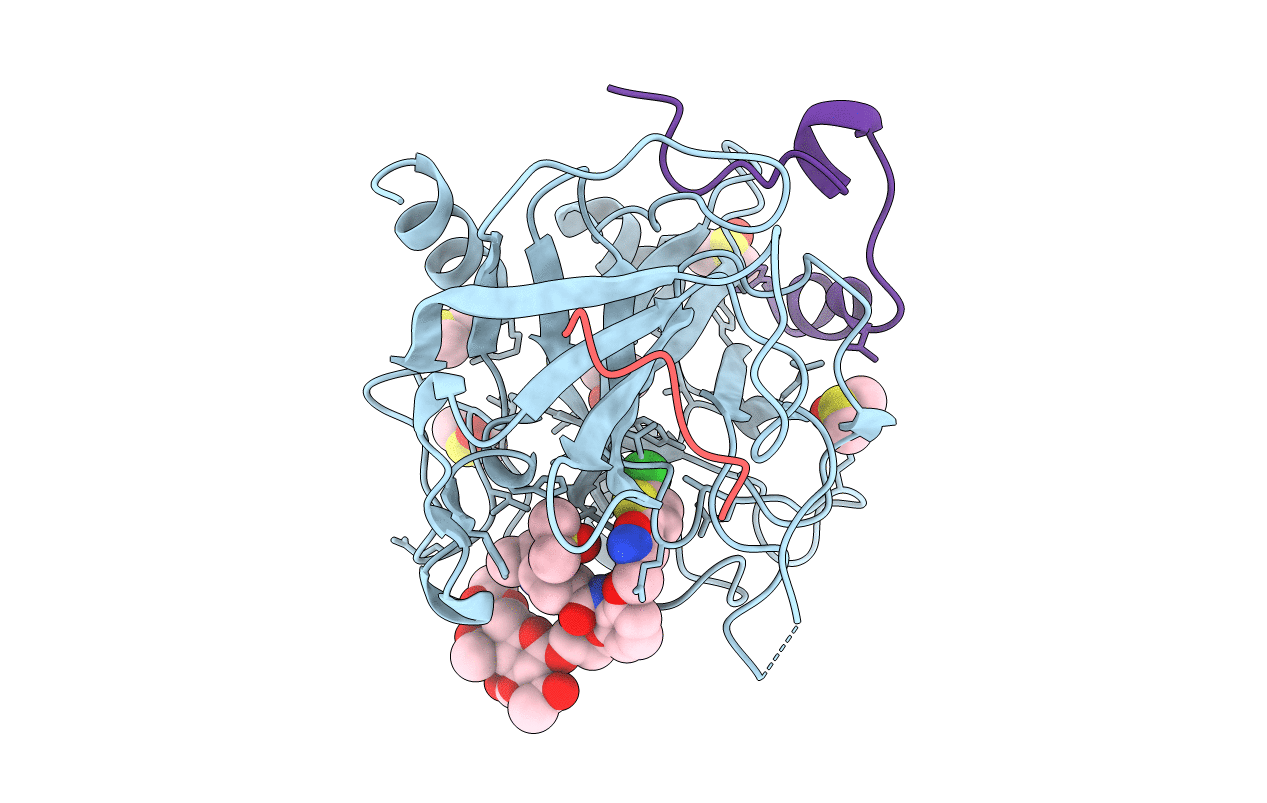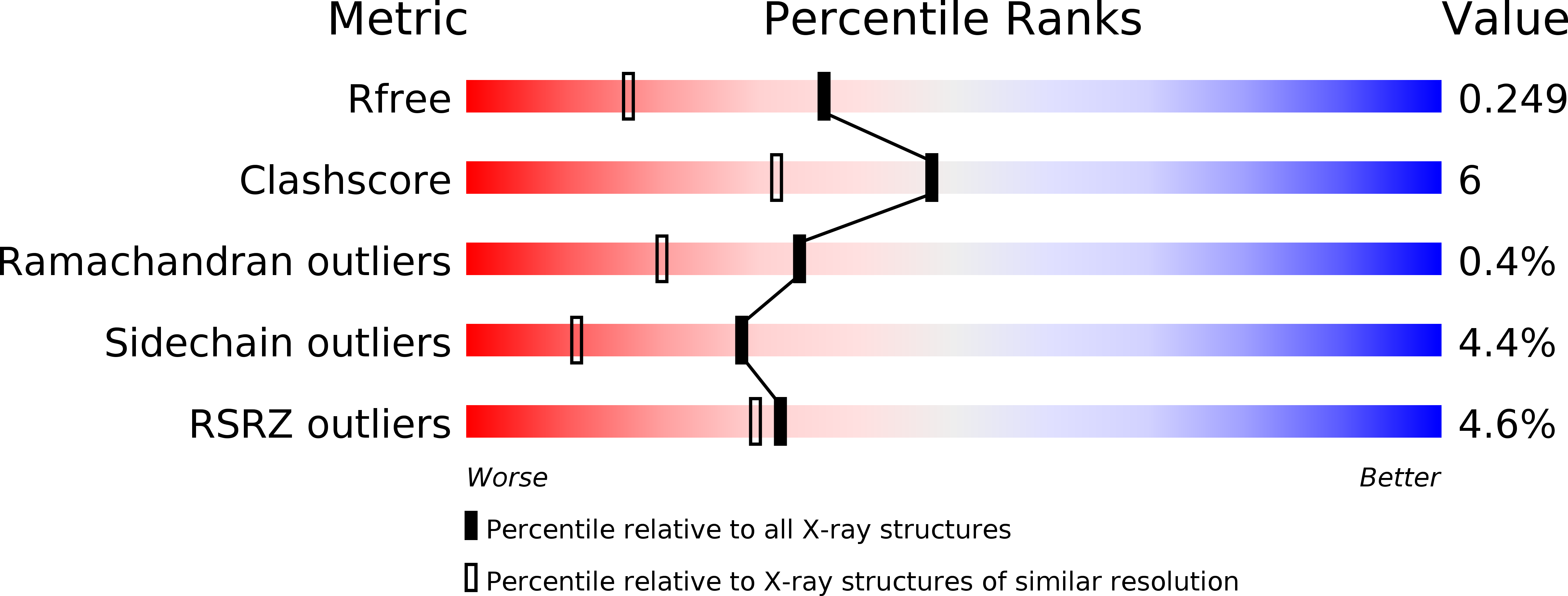
Deposition Date
2017-10-09
Release Date
2017-12-13
Last Version Date
2024-11-20
Entry Detail
PDB ID:
6EO9
Keywords:
Title:
Crystal structure of thrombin in complex with a novel glucose-conjugated potent inhibitor
Biological Source:
Source Organism:
Homo sapiens (Taxon ID: 9606)
Hirudo medicinalis (Taxon ID: 6421)
Hirudo medicinalis (Taxon ID: 6421)
Host Organism:
Method Details:
Experimental Method:
Resolution:
1.84 Å
R-Value Free:
0.24
R-Value Work:
0.19
R-Value Observed:
0.20
Space Group:
C 1 2 1


